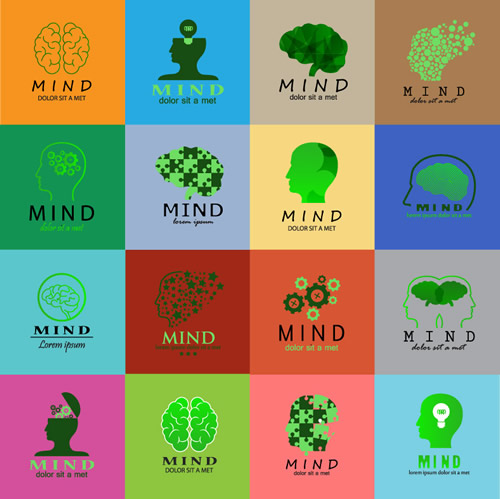[Editor’s Note: This article was first published on the TCEA TechNotes blog.]
Mindfulness, meaning mental presence and reflection, is a popular practice across the U.S., incorporating tools to help people think clearly and critically, calm their minds, and be more productive.
Many teachers also believe mindfulness can help students feel more relaxed and focused, not to mention make them less likely to engage in disruptive behavior than those who don’t meditate or undertake other mindfulness practices. Research shows that mindfulness practices can have a generally positive effect on students, though it’s not yet clear whether those outcomes are caused by specific practices or simply giving students the chance to take a breath during a busy school day.
In one study, students said they spent one-third of their study time feeling worried, stressed, or stuck. A variety of factors could cause those feelings, but the decision to make your classroom a more mindful one could help students learn valuable stress management skills. Here are six mindfulness apps that might help your students be more present, relaxed, and productive.
6 mindfulness apps to try in your classroom
One of the advantages of Stop, Breathe & Think is that it gives customized meditations based on how you’re feeling at that moment. First, users go through a brief survey about their current state, then receive meditations to match the results. Students can take part in the activity even if they only have about five minutes.
Depending on the age of your students, there is a kids’ version of the app intended for young people from 5-10 years old. Also, the app creators offer educators a free lifetime membership that provides access to hundreds of activities, plus both the kids and all-ages version of the app.
Hundreds of schools use the Headspace app to introduce kids to mindfulness practices. Users get the Basics course for free, allowing them to determine if meditation is something they want to continue. If it is, subscriptions provide access to mindfulness exercises of various lengths and topics. Moreover, the content gets delivered in an extremely accessible manner. So, if you’re not yet familiar with mindfulness, but want to learn along with the students, check out Headspace.
Featuring quotes, a visually pleasing interface, and helpful elements like a built-in timer, DreamyKid is another mindfulness app built for young people. However, individuals of any age can get something out of it. There are apps for specific needs, too. Some of them work well for helping kids wind down before nap time, and others can help them stay committed to tasks.
Also, schools and other organizations that work with children can get DreamyKid for no charge. One of the possible downsides is that it’s only available on iOS for now, but an Android version is on the way.
Insight Timer claims to offer the most extensive library of free guided meditation content with more than 15,000 options available. Also, the “timer” part of the name relates to how you can choose from several sounds that signal to listeners when it’s time to start and stop meditating. As such, learners could begin to associate a soothing noise with getting in the frame of mind to meditate. There is a specific section of content for beginners, too.
This highly-rated meditation app goes beyond the kinds of mindfulness that people typically associate with the term. For example, there is a section of material for mindful movement, plus exclusive music tracks to help users get engrossed in their quest toward mindfulness.
If you get the premium version of the app, it offers a daily calm, which is a new meditation for each day. It could be an excellent way to start the school day.
This app encourages people to make mindfulness part of their everyday activities, so it could help show kids that they shouldn’t only engage in mindfulness when they’re in your class. It can send up to five random reminders to people that urge them to meditate. There are also quotes and photos for users to share with their classmates on social media.
This app proves that although there are distracting ways to use smartphones in schools, it’s also possible to depend on them to help kids learn something new that could benefit them for the rest of their lives.
Meditation apps offer accessibility
As this list demonstrates, there are numerous apps to promote mindfulness in your classroom. Even better, some offer the content free for educators, meaning you can try meditation with your students without cutting into your budget.
Have you tried to introduce mindfulness into your classroom? What apps or other technologies have you used? What were the results? Let us know in the comments!
- The evolving requirements of a K-12 school network - April 24, 2024
- A bungled FAFSA rollout threatens students’ college ambitions - April 24, 2024
- How digital tools and AI can enhance social studies - April 23, 2024

